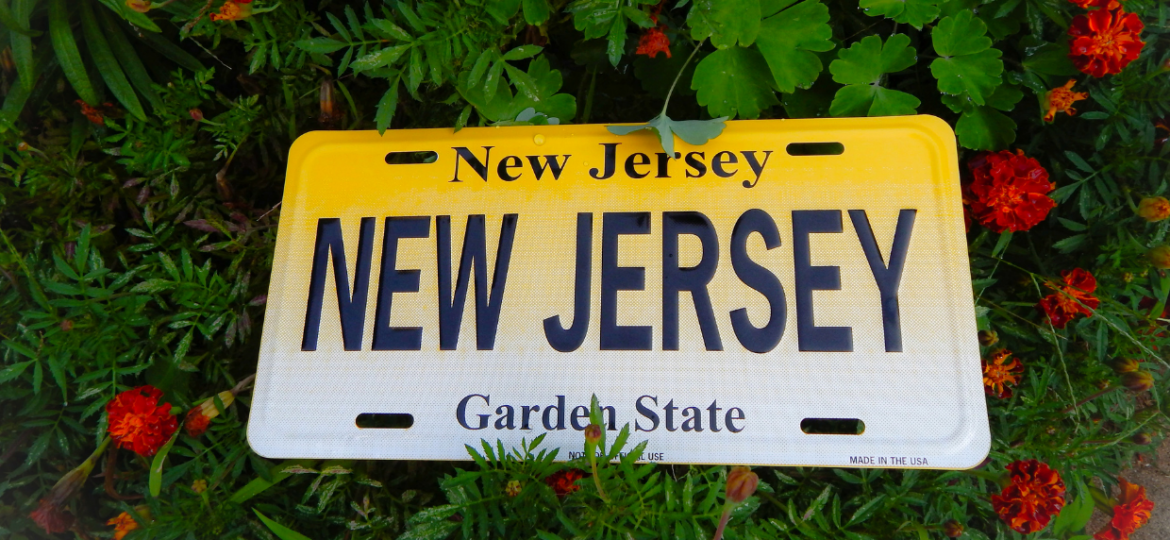
Senator Andrew Zwicker | October 20, 2022 | NJ Star-Ledger |
As New Jersey recovers from COVID-19, there is reason to believe our economy has changed in some fundamental ways. One example is tourism, an important sector that has yet to fully recover, putting at risk many of our hotels, restaurants, and retail businesses.
For decades, many small businesses in New Jersey have benefited from steady business travel to visit our many corporate headquarters and regional office complexes. But the pandemic sharply curtailed business travel as we became more comfortable with virtual meetings instead of meeting face-to-face. Forecasters anticipate that one-quarter of that business travel will never come back.
That’s a big reason why total tourism spending in 2021 was still down $9 billion, or 20%, compared to the pre-pandemic year of 2019, according to an annual report commissioned by New Jersey’s Tourism Division.
The decline has been felt unevenly across our state. Tourism last year was down 25% or more in nine of New Jersey’s 21 counties, with Somerset (-41%) and Mercer (-40%) down the most. By comparison, the three largest shore counties (Cape May, Gloucester, Ocean) have rebounded strongly, with tourism revenues in 2021 down 6% or less. Most industry experts believe that when 2022 data are compiled, we’ll discover that tourism on the Shore is now ahead of 2019.
As an avid surfer, I love the Jersey Shore, but our tourism marketing is not doing enough to tell the stories of New Jersey’s history, agriculture, and wilderness areas. As Hunterdon County’s new campaign puts it, “the other side” of New Jersey is worth visiting, too. Here you will find quaint river towns and canal villages, scenic byways, harvest festivals, craft beverage makers, and more Revolutionary War sites than you’ll find in any other state.
That “other side” of New Jersey is concentrated in the middle of the state, an area that is completely ignored by our state tourism map. The tongue-in-cheek “Does Central Jersey exist?” controversy has been entertaining, but it also carries some serious cultural resonance. The center of our state offers a unique combination of historic, agricultural, artistic, and eco-tourism experiences that are reminiscent of the highly successful Hudson Valley in nearby New York.
Central Jersey also has a major, unique feature that literally ties much of it together: The D&R Canal State Park, our second most visited state park, which stretches 70 miles through four of Central Jersey’s counties of Hunterdon, Mercer, Middlesex and Somerset. Like the region itself, the canal brings together outdoor recreation, history, and agriculture, having once been a key conduit for transporting the Garden State’s bounty to New York. Today the D&R Canal Park is prized by bicyclists, kayakers, hikers, birdwatchers, and leaf-peepers. New Jersey’s canal region is every bit as attractive as the Hudson Valley.
That’s why I am the primary Senate sponsor of legislation to increase New Jersey’s tourism strategy toward more leisure travel to New Jersey’s central regions, with a focus on our agriculture, history, and parks. You could say that Senate Bill 3206 and the identical Assembly Bill 4711 are intended to put the “garden” back in the Garden State.
To start, the legislation quite literally puts Central Jersey on the tourism map, righting a decades-old wrong and ending, once and for all, the question of our very existence. Second, the proposal changes how New Jersey’s Tourism Division prioritizes federal COVID relief funding through Destination Marketing Organization grants that currently are distributed based on how much tourism revenue each county has “retained,” rather than on how much was “lost” in the pandemic. That’s something my bill will fix by requiring relief funds go to the regions that suffered the largest shortfalls in tourism revenues.
Of course, tourism shortfalls aren’t only found in Central Jersey. My new bill is designed to benefit the entire state, by requiring that 10% of state tourism spending promote agritourism statewide with agriculture festivals, farm tours, and agriculture-themed advertising. This is how we take advantage of our well-deserved Garden State nickname, which should no longer be a punchline on late-night television.
New Jersey hasn’t seriously reassessed its tourism strategy in at least a generation, but now is the perfect time to do so. The Tourism Division has been chronically underfunded compared to our neighboring states, but now has $20 million in uncommitted American Rescue Plan monies to invest. Let’s take this opportunity to promote a more well-rounded Garden State to the rest of the nation.
Find the article here

